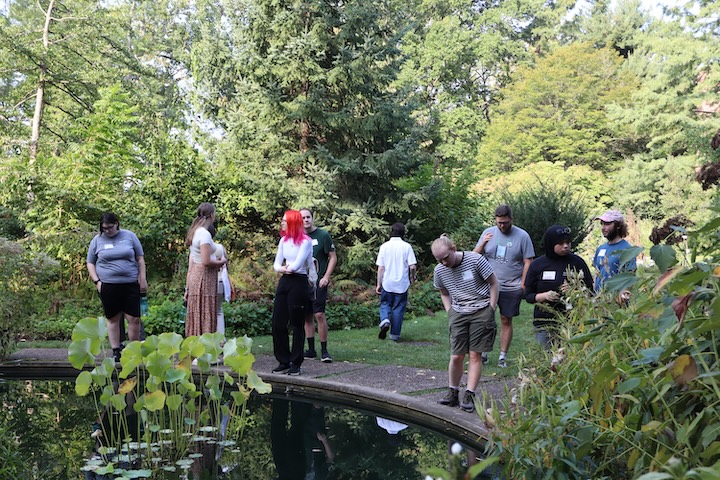MSU and Audubon team up to protect the black tern
Let’s start with the bad news. Current conservation practices likely won’t do enough to save the black tern, a migratory bird species that nests in the northern U.S. and southern Canada, from disappearing.
That’s according to new research from EEB member Kayla Davis, a PhD student in the Zipkin Qualitative Ecology Laboratory and the National Audubon Society published in the journal Biological Conservation. But there’s also good news.
The team’s report reveals new opportunities to enhance the outlook for these birds by strategically expanding conservation and land management practices that can be used by landowners and agencies such as the Michigan Department of Natural Resources.
Furthermore, the team’s approach can be adapted to inform conservation practices for other species.
Currently, black tern conservation efforts are focused on maintaining and restoring the bird’s breeding habitat to ensure there’s a place for the next generation to take flight. It’s a sensible approach, but it also relies on adults surviving their migratory and overwintering periods.
As the team showed, that survival can’t be taken for granted.
“What’s going on outside the breeding season and away from the breeding grounds is really important for this bird and, likely, other migratory species,” said Davis, first author of the new report and a doctoral student in the College of Natural Science at MSU. “There are things we can do to protect stopover and overwintering areas to increase adult survival.”
“Fortunately, Audubon’s network of members and centers allows us to have an expansive conservation reach,” said Sarah Saunders, co-author of the study and senior manager of quantitative science at the National Audubon Society. “Thanks to this work, now we know where to target efforts to help recover this species more effectively.”
Read the story in MSU Today



